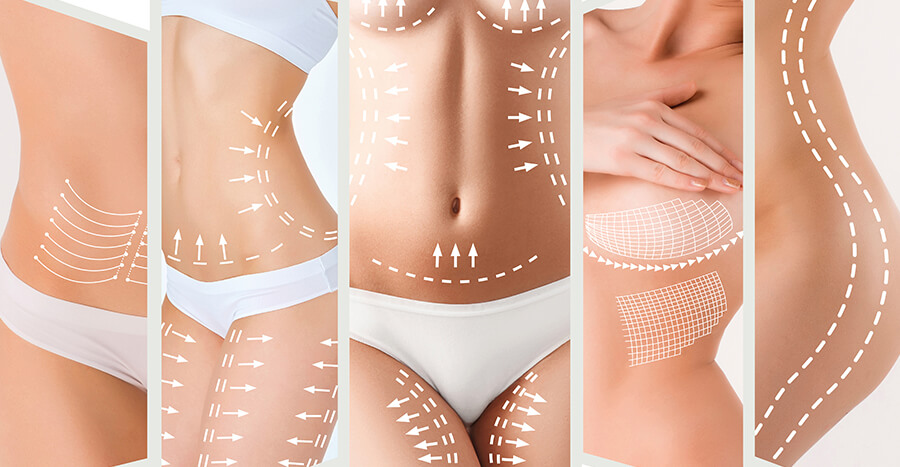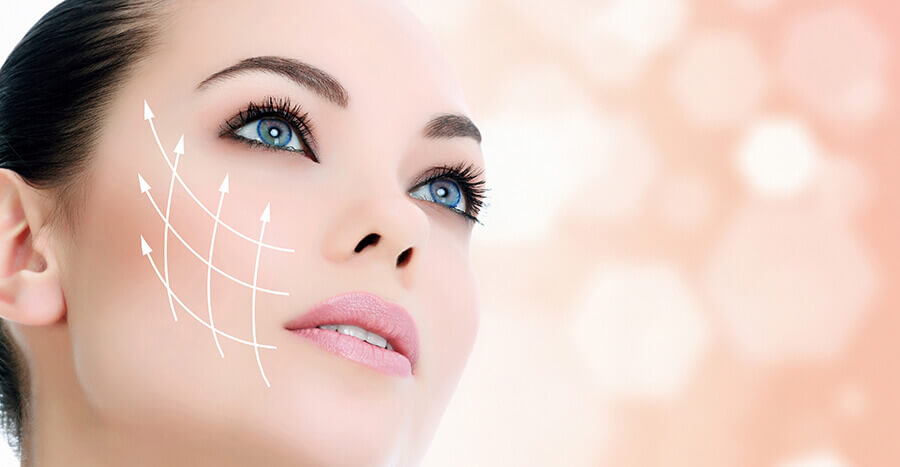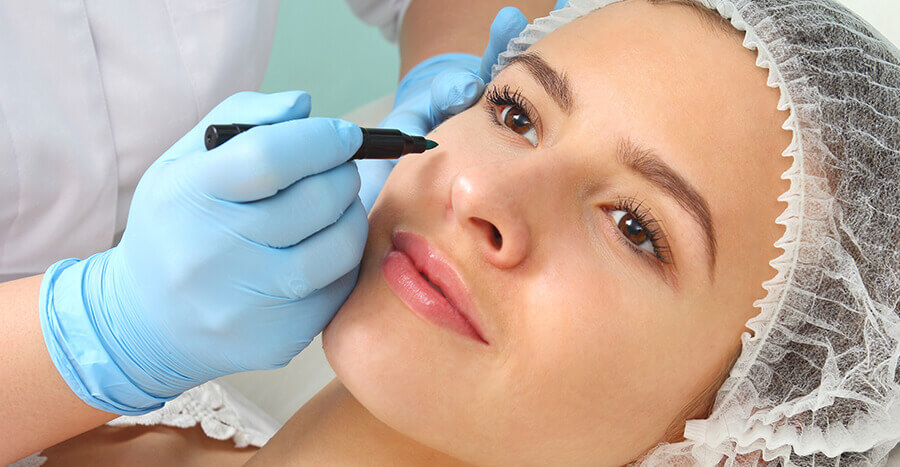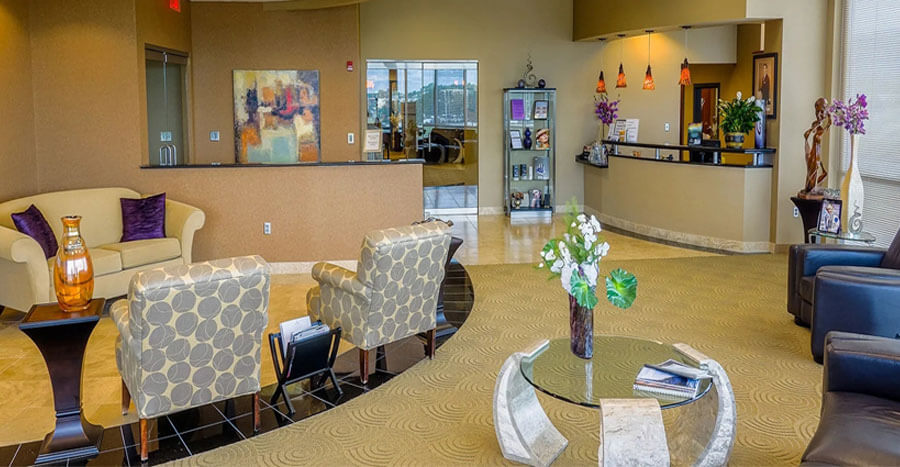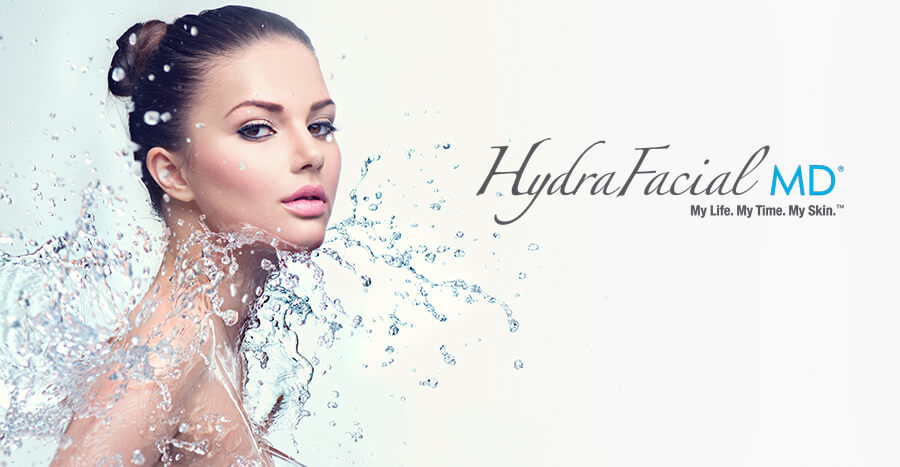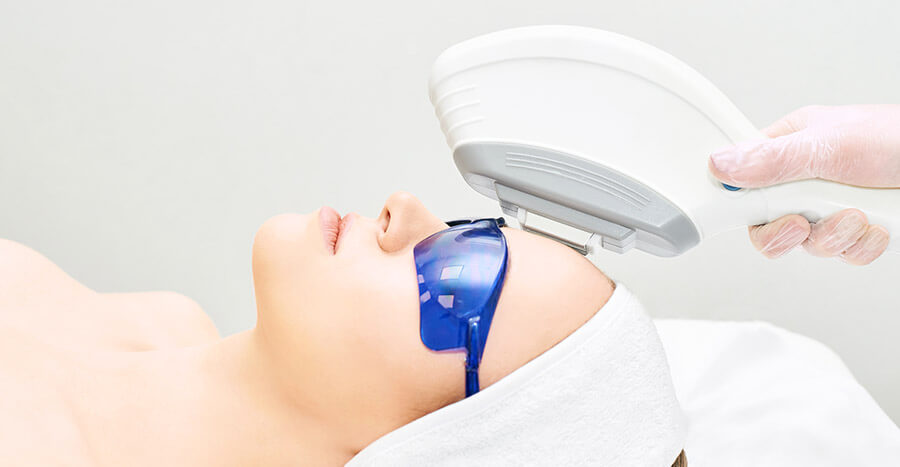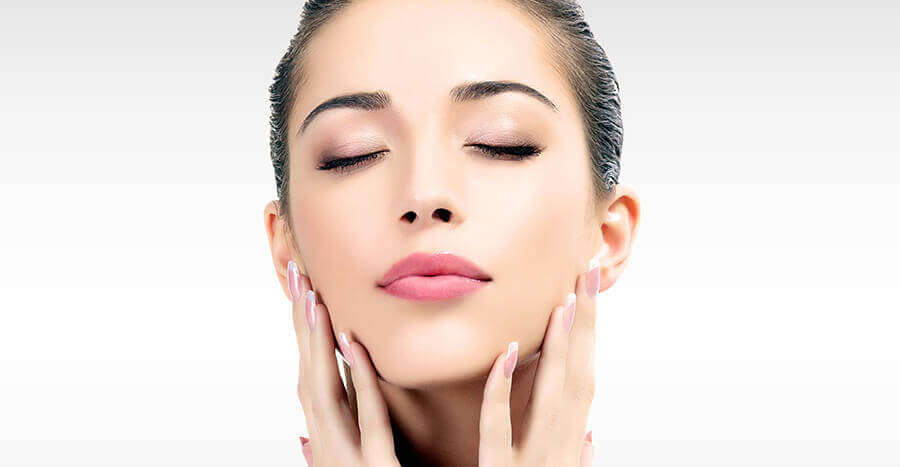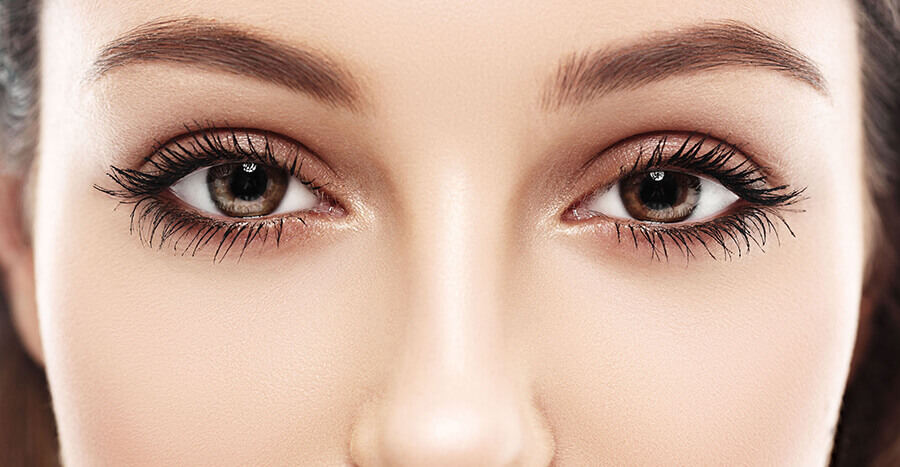One of the first things that people notice about us is our nose. It’s only natural that we should want our noses to look as perfect as possible, but our noses are about more than just looks. Our nose plays a crucial part in our ability to breathe easily and comfortably, and if your nose is causing you cosmetic or breathing concerns, you might be a good candidate for rhinoplasty. At Aesthetic Surgical Arts in Overland Park, KS and the Kansas City area, Dr. Joseph Camarata and his staff can help you understand more about this procedure and how it can help you.
Who Is a Good Candidate for Rhinoplasty?
Someone Who Wants a Smaller Nose
Some people who seek out this procedure are looking to get a smaller nose because they feel the nose they have just seems a bit too large for their face.
If the width of your nose bridge seems too great, you feel that the nasal tip is too long, or you’re unhappy with the size of your nostrils, you might be a good candidate for this procedure. This procedure can help your face look more proportional.
Someone Who Wants a Larger Nose
For some people, their noses are too small for their faces. In this case, you can augment the nose with rhinoplasty. Not only can this give you a more proportional nose, but for some people, it can do quite a lot to improve their ability to breathe comfortably.
The nose can be augmented in a couple of different ways. One way is to remove cartilage from the septum and add it to the exterior, but it’s also possible to remove cartilage from other areas of the body if the nasal septum is not large enough to allow for this.
People Who Are Finished Growing
It is vital that your nose and face be finished growing before you seek a rhinoplasty. If your nose and face will continue to grow, a rhinoplasty could leave you with too small or too large of a nose if you seek treatment too early.
For women, a rhinoplasty should not be sought before age 18. Men should not have this procedure until they are at least 23 years old, since a man’s facial structure typically does not stop changing until that time. We will do an assessment of the permanent structure of your face before recommending any procedure.
Someone In Fairly Good Health
Good candidates for this procedure must be in relatively good health. You must be free of any conditions that would make it difficult for you to tolerate anesthesia or which might slow or compromise your healing. We will also go over the list of medications you currently take when you come for your initial consultation, and we may ask you to pause certain medications or supplements for a time.
Some medications or supplements can thin the blood or otherwise compromise your safety during surgery. If there are some medications that we need you to pause, will discuss this with your primary care physician to make sure it’s safe for you to stop taking them for a few weeks before and after your rhinoplasty.
Someone With No Heart or Lung Conditions
Anyone who is seeking surgery needs to be free of heart disease and not have a recent history of heart attacks or strokes. If your heart is not healthy, it is not safe to put you under general anesthesia. You may also not respond well to general sedation. Also, those who are suffering from certain heart conditions are more likely to be taking medication to thin the blood, which cannot be paused for safety reasons. You cannot take blood-thinning medications and get a surgery like this one.
It is also important that you have no serious lung conditions and that your lungs be in good health. If you have lung cancer, pneumonia, bronchitis, or COPD, you may not be a candidate for this procedure. For your safety under general anesthesia, you must have strong, healthy lungs.
Someone Who Is Not Pregnant or Nursing
Pregnancy takes a lot out of a person, and so does any surgery. It’s important that you have all the energy you need to heal after any surgical procedure, so it’s vital that you not be pregnant in order to be a good candidate for this procedure. To ensure that you have no side effects from the anesthesia and that you are able to recover as fast as possible, this is not a good procedure for you to consider if you are pregnant or planning to become pregnant in the near term.
If you are still breastfeeding, it’s also important to wait until you’re finished to get this procedure done. It requires quite a lot of energy from the body to breastfeed, and you may not have the energy you need for recovery. If you have recently been pregnant, we recommend that you fully recovered from your pregnancy and seek this treatment once that process is done and you have stopped lactating.
Someone Who Does Not Smoke
Good candidates for this procedure, or any surgical procedure, or non-smokers. At the very least, you must be able to go 12 weeks without consuming any nicotine to be considered for a rhinoplasty. Nicotine elevates the blood pressure, which is not safe during your procedure. If you are a smoker, you will need to be able to put the nicotine away for a good six weeks before the procedure. Otherwise, your body may not react well to the anesthesia.
It is just as vital to avoid nicotine in the six weeks after your procedure. Nicotine in particular, but also all the other chemicals that are found in cigarettes, interfere actively with the body’s healing process. They elevate stress levels, raise blood pressure, and stop the body from producing collagen and other vital nutrients and healing factors. Your healing process will be significantly slowed, and even compromised entirely, if you smoke during this time.
Someone Who Can Stop Drinking for a While
As with smoking, you need to be able to pause drinking for a little while leading up to the procedure. It’s important that your blood pressure be at healthy levels consistently prior to having anesthesia, and alcohol raises blood pressure. It’s also important that you be very well-hydrated both before your procedure and during recovery, and alcohol is a major dehydrating substance.
Alcohol elevates the blood pressure through dehydration because alcohol is technically a poison. Your body recognizes it as such and responds to it by increasing your rate of urination in order to flush the alcohol out. This also flushes out water and micronutrients. Especially during your recovery, it is absolutely vital that you be very well hydrated and getting plenty of micronutrients, so you will need to pause drinking for a few weeks until the doctor tells you it’s safe again.
Someone Who Is Ready for the Recovery Process
Recovery from this procedure is not painful or uncomfortable, as we will, of course, give you certain painkillers that will keep you comfortable throughout your recovery process. However, it is important that you understand there is a recovery process and be prepared for it. For the first 24 hours, and for any 24-hour period after taking any prescription narcotics, you can expect to feel very drowsy and should not be driving. You should plan for someone to help you if you need to get anywhere, and you should plan for assistance with meals, child, care, pet care, and cleaning as necessary, especially during the first week or two.
It will take about six weeks to fully recover, and during this time, you should be listening to your body. Avoid vigorous exercise, rest when you feel tired, and get light walks in whenever possible. You can return to work when the doctor clears you, but it’s often a good idea to discuss with your supervisor taking more frequent breaks for the first week or so back. You also need to commit to eating healthy food and drinking plenty of water, broth, and juice in order to hydrate your body and give it the nutrients it needs for recovery.
Someone Who Understands the Procedure
It is important that you understand what to expect during the procedure. Your procedure will vary slightly from someone else’s, depending on your unique goals, but there are some things everyone can expect with this procedure. First, you can expect either to have general anesthesia, which will put you entirely to sleep, or a local anesthetic and a sedative. The latter will completely numb your face and induce sleep, but will not put you out as fully as general anesthesia.
We will also sanitize the skin on and around your nose and perform the procedure in a perfectly sterile environment to ensure there’s no risk of infection. In a few cases, the nose is re-broken during this procedure, but this is rare. It’s usually only required for people seeking rhinoplasty after severe trauma, like a car accident or a sports injury. If you are just augmenting your nose or making it smaller, this is typically not necessary.
Someone With Realistic Expectations About Results
Finally, we are looking for candidates who have realistic expectations about what this procedure can do for them. Your expectations will be based in part on your goals, so when you come to talk to us in your initial consultation, we will discuss in depth with you what to expect and explain what this procedure can and cannot do to help you achieve your goals.
It’s also important that you understand that it will take a few weeks for the healing process to finish, and it can take as long as 14 months for the cartilage and skin to fully settle so you can see your final results.
Find Out If You’re a Candidate for Rhinoplasty in Kansas City
If you are concerned about the look of your nose or about your breathing, or if you have had a serious trauma to the nose after an accident, you may be a good candidate for this procedure. However, this procedure may not be right in your case, either because you are not healthy enough for it or because it’s not actually the best solution to your nose-related problem. To find out if this is the right procedure for your needs, contact us at Aesthetic Surgical Arts in Overland Park, KS and the Kansas City area and set up an appointment to talk with Dr. Joseph Camarata today.

